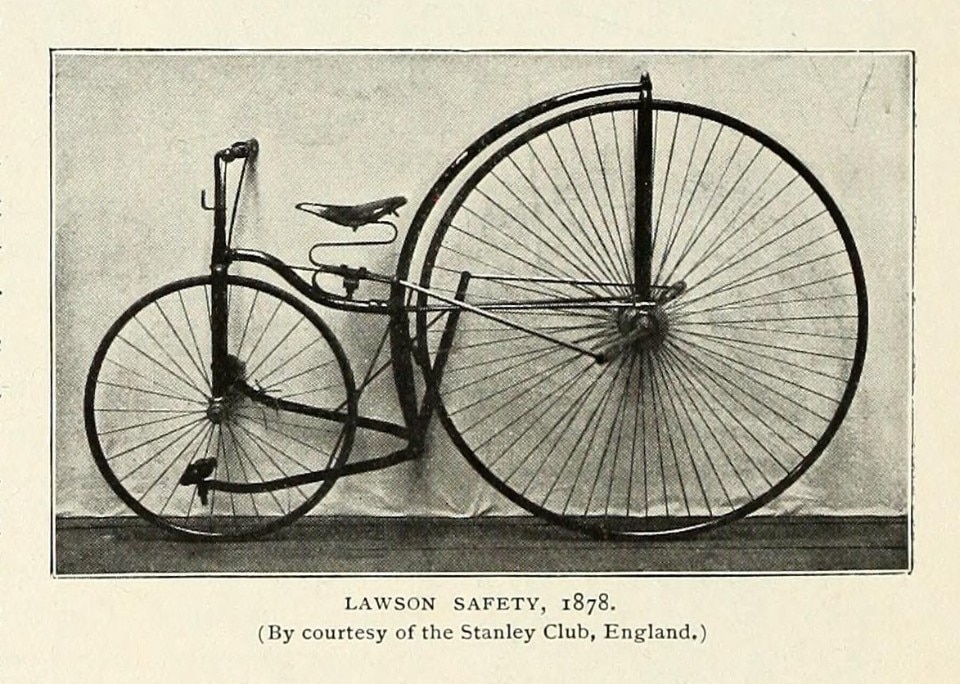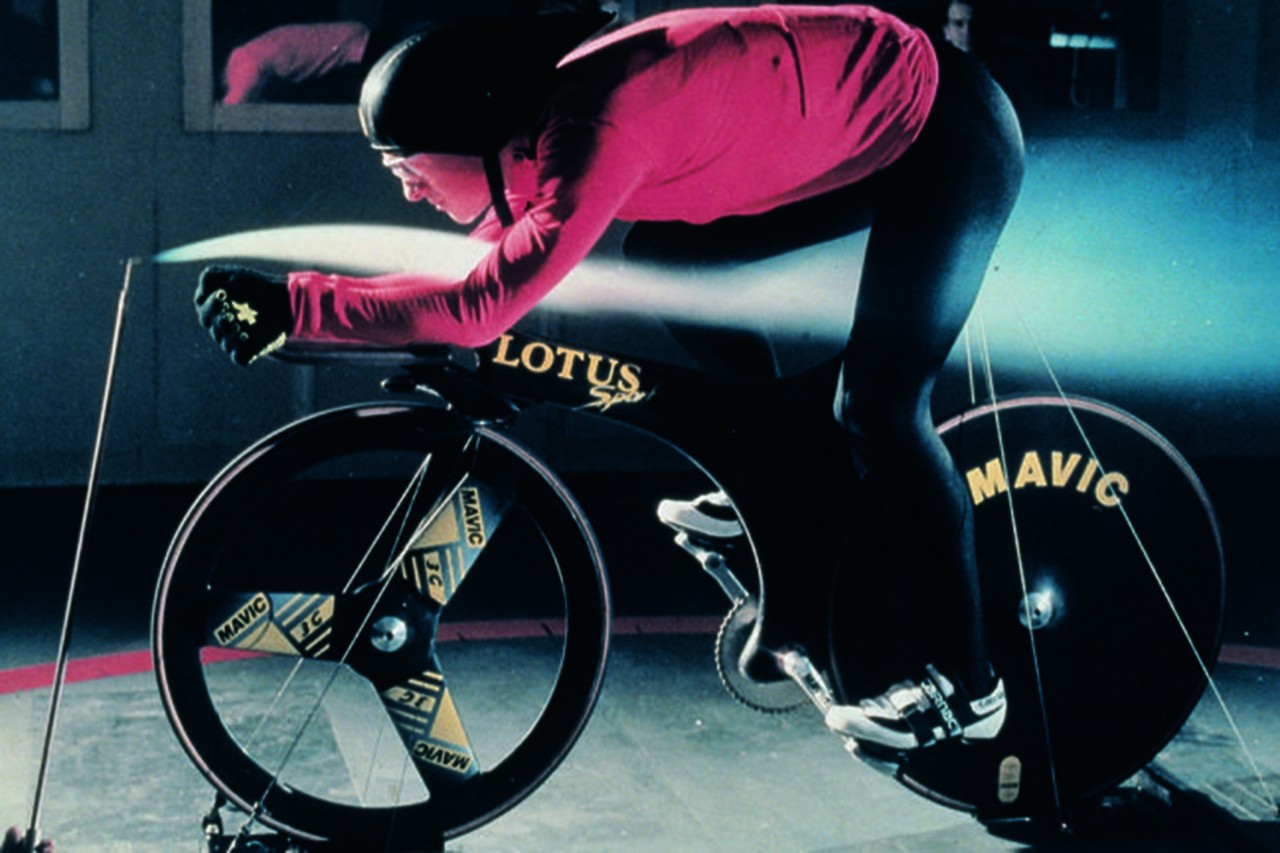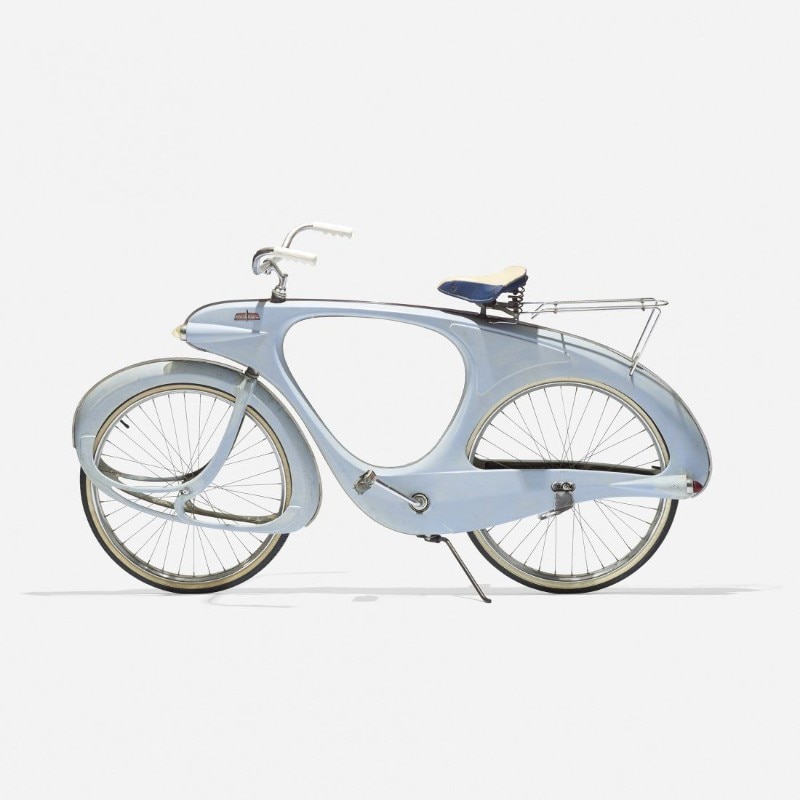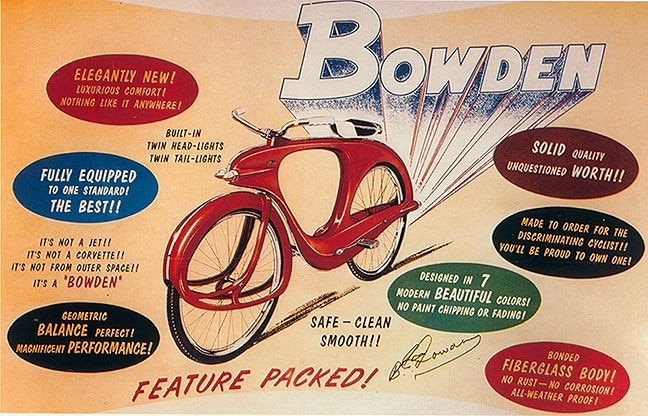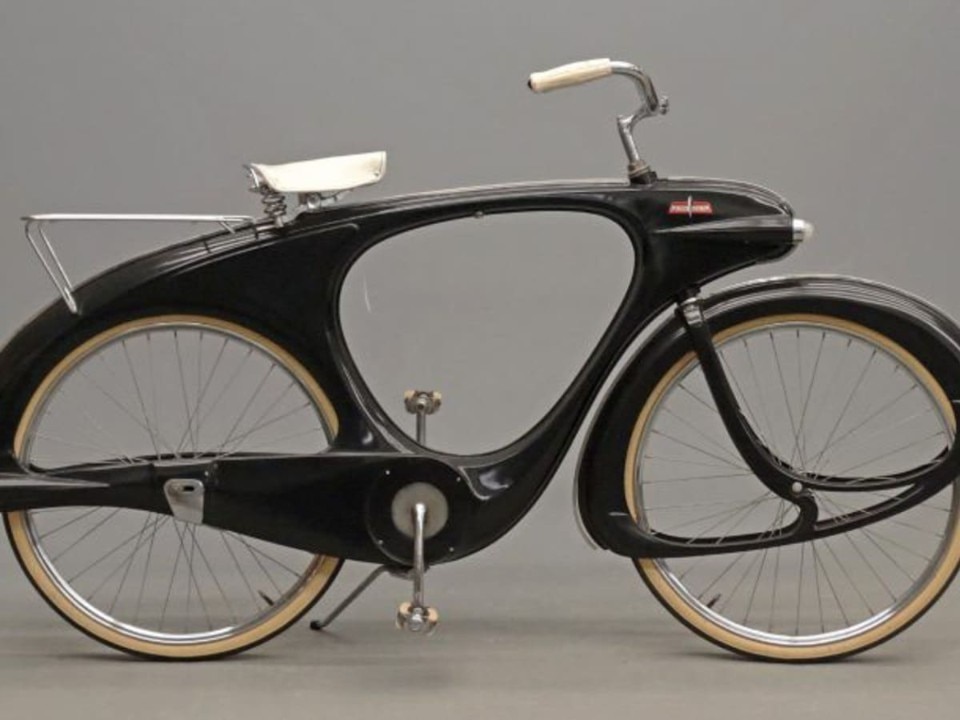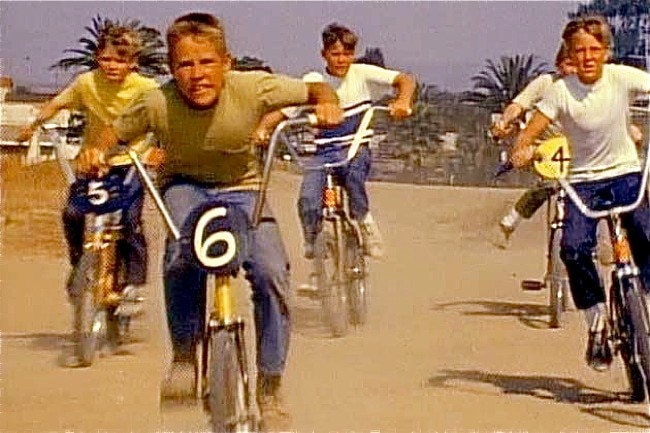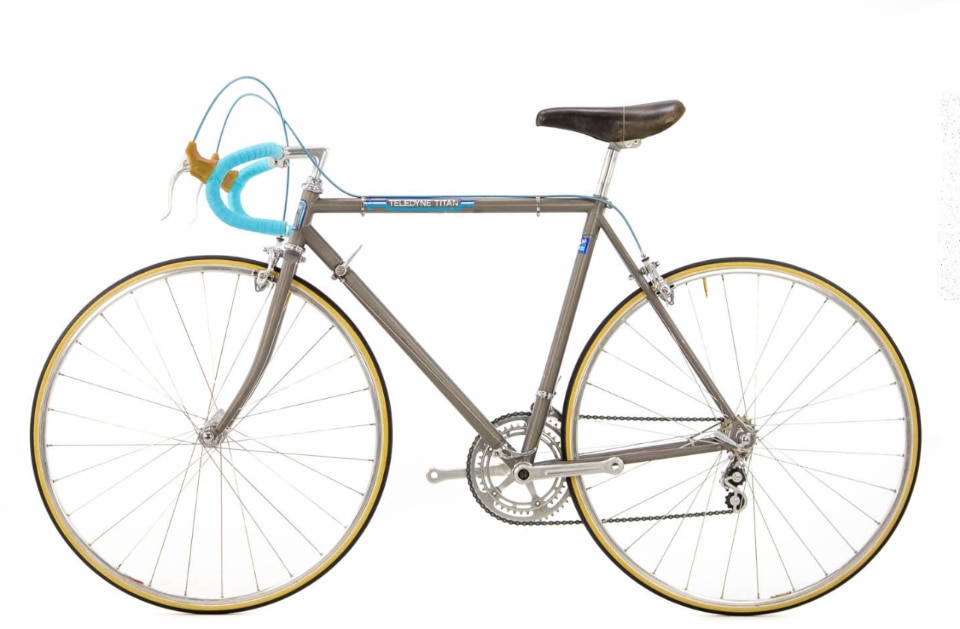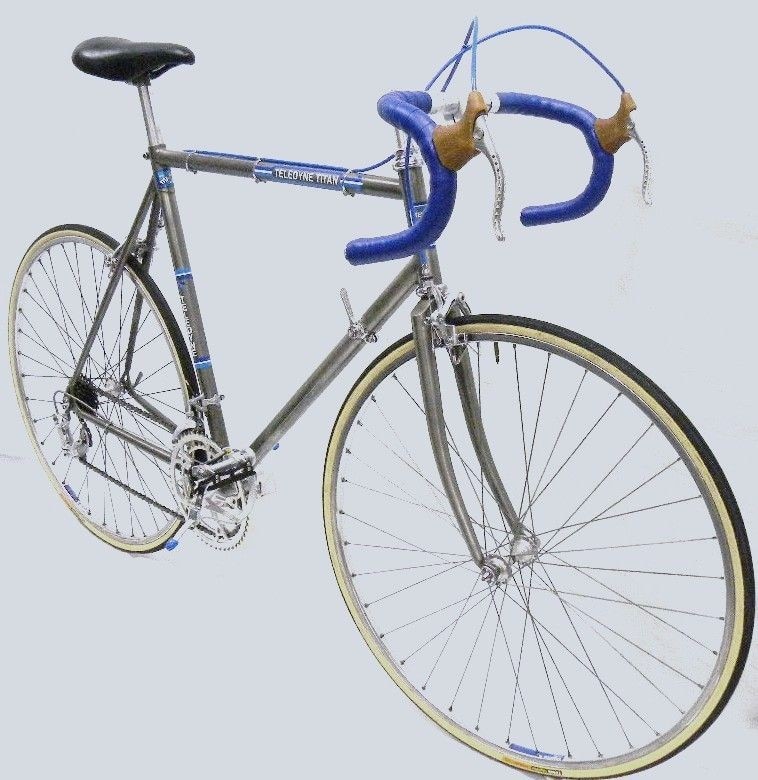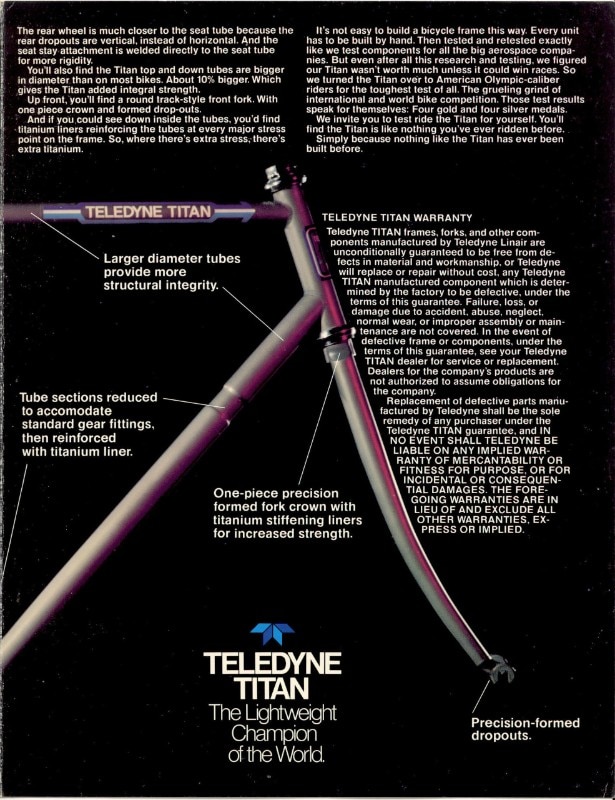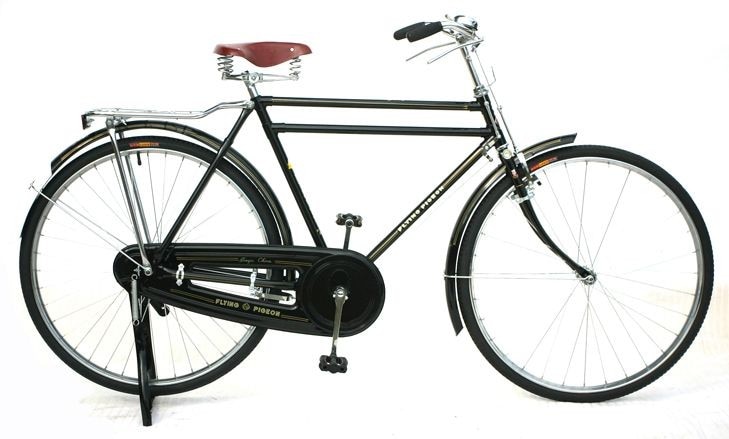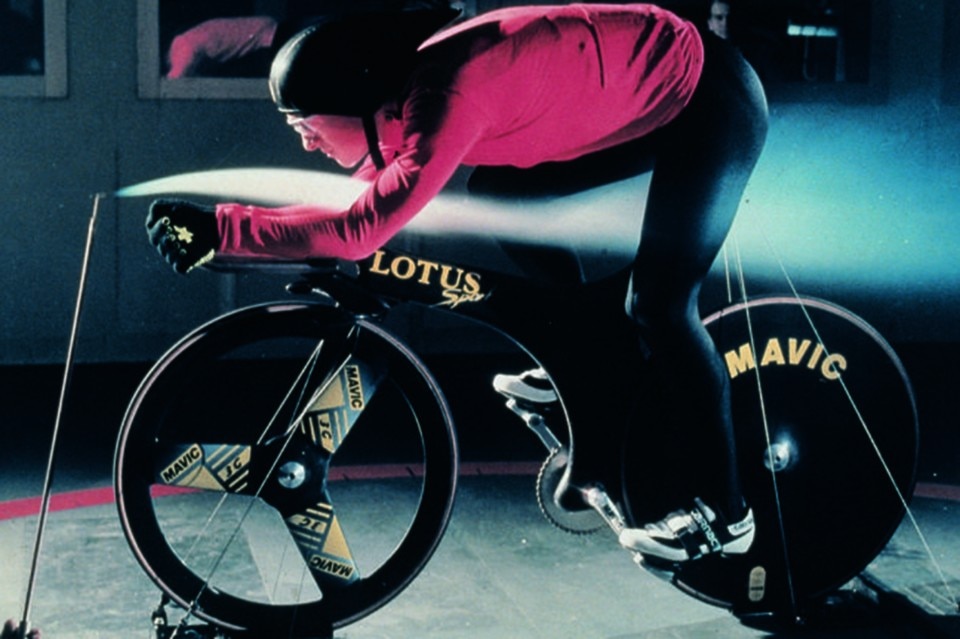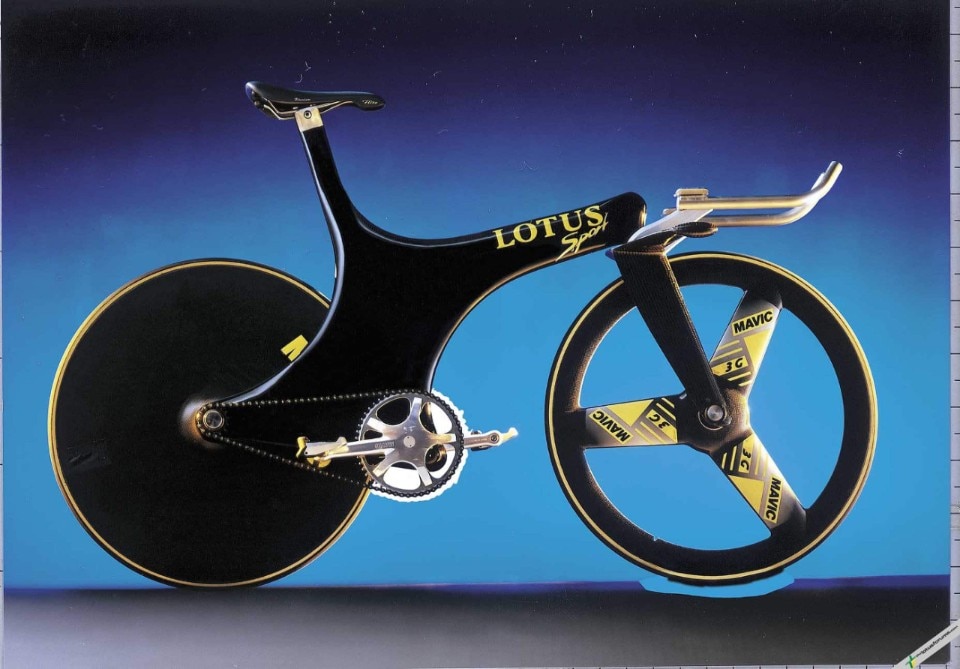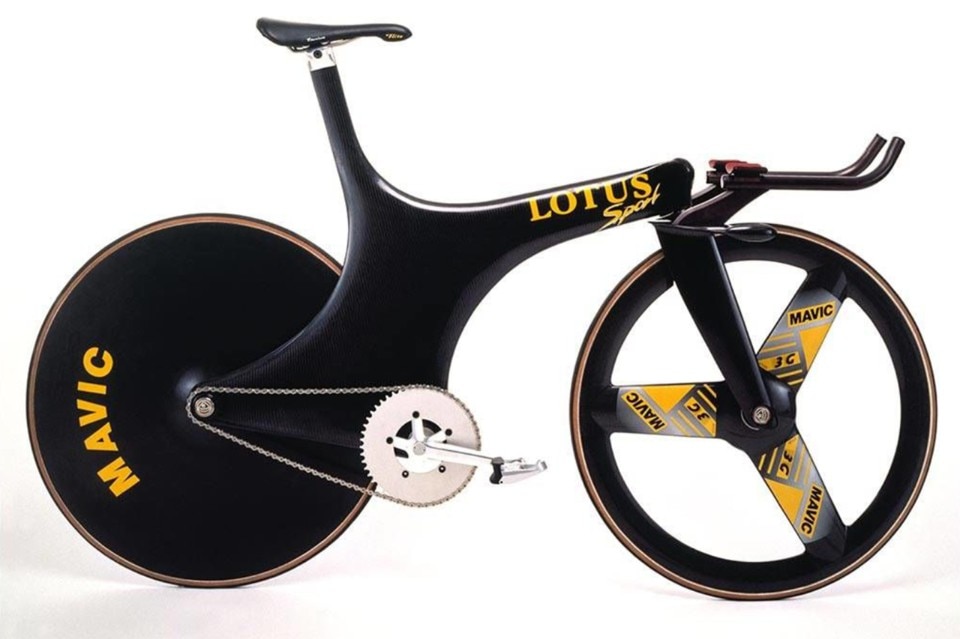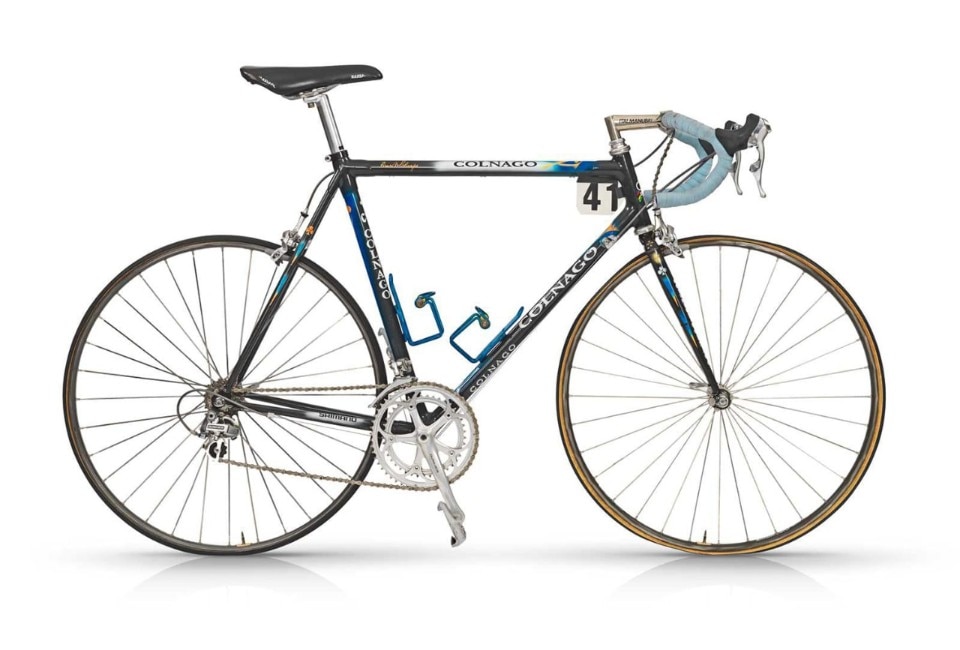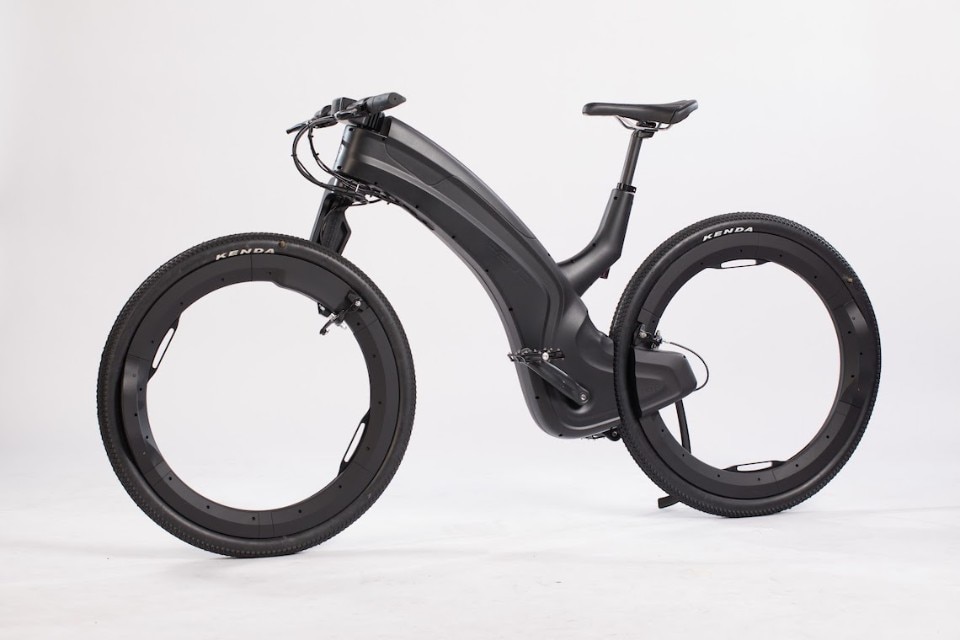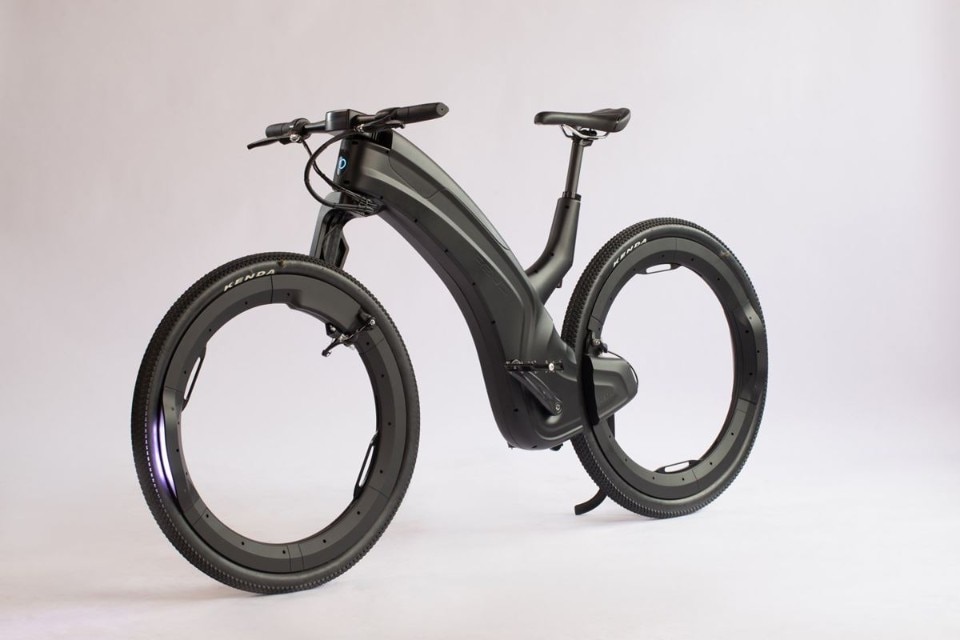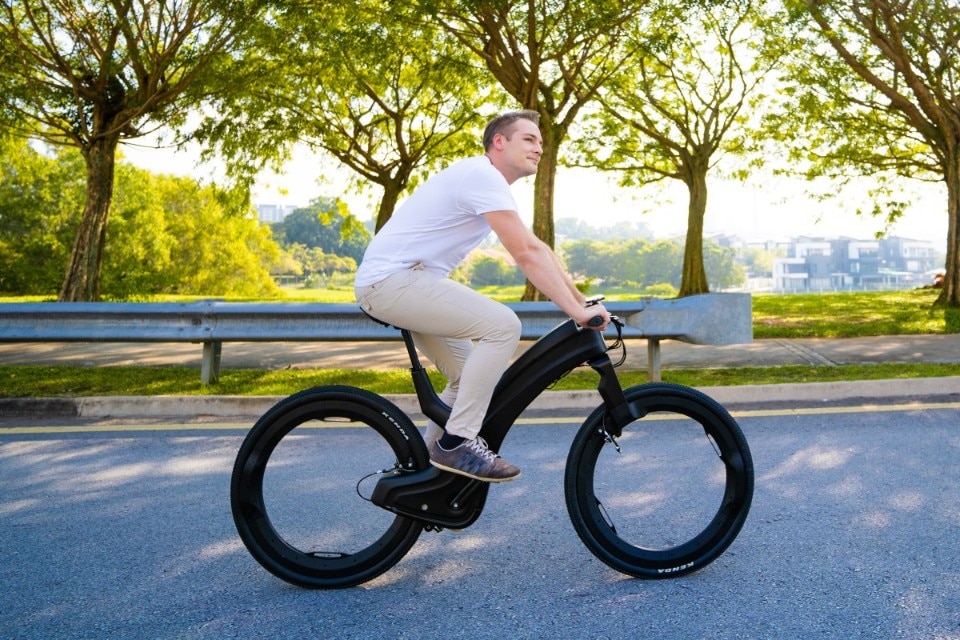Today we are convinced that it is the simplest means of transport, but in reality the bicycle is among the most complex. If we look at its long history, its many changes and the arrival of the motor (via eBikes), we realise that the two-wheeler has had an uphill development over the centuries, arriving only 500 years after its birth at its current form. It is hard to say who the father of this multifaceted means of transport is. If we look at the first two-wheeled means of transport, then the reference name is Gian Giacomo Caprotti, a pupil of Leonardo da Vinci, better known as Salaì, who designed the first bicycle prototype in the 16th century. If, on the other hand, we want to get closer to our idea of a bicycle, here comes Harry John Lawson’s “Safety”. It was 1876 and the Englishman had the intuition to make the enormous wheels of the bicycle then in vogue smaller (those big vehicles with the front end up to a metre and a half high) and then to add chain drive. Sure, it was stiff, but then John Boyd Dunlop came along and everything was “smoother”, to put it in English. His tyres smoothed out any roughness, and it’s no coincidence that the first prototype was mounted on his son’s tricycle.
